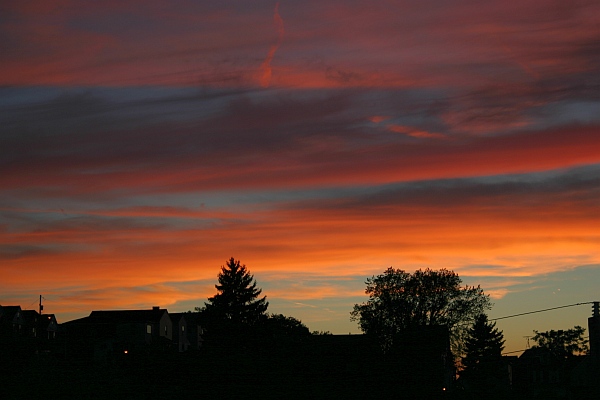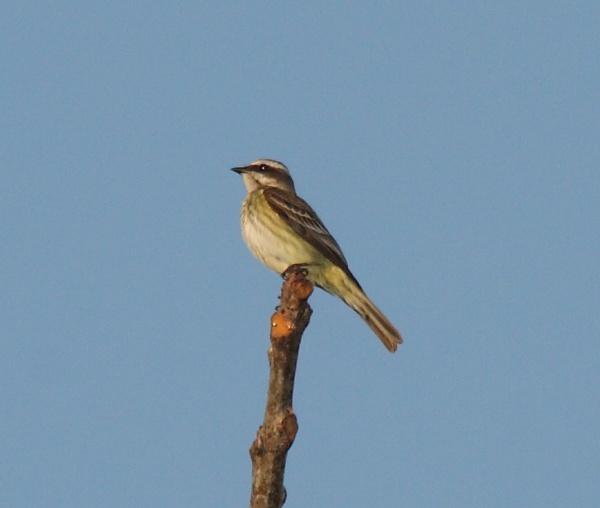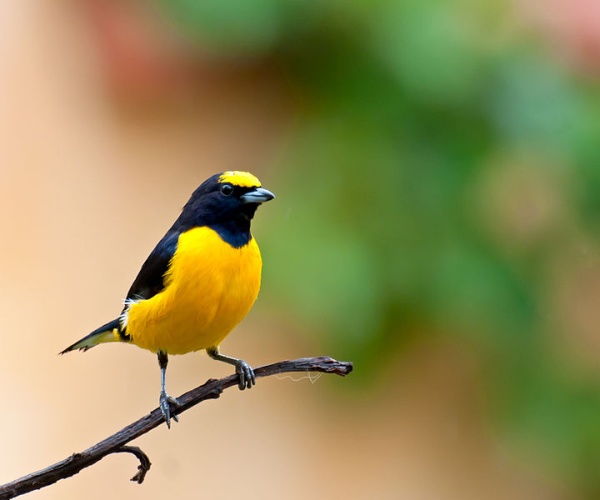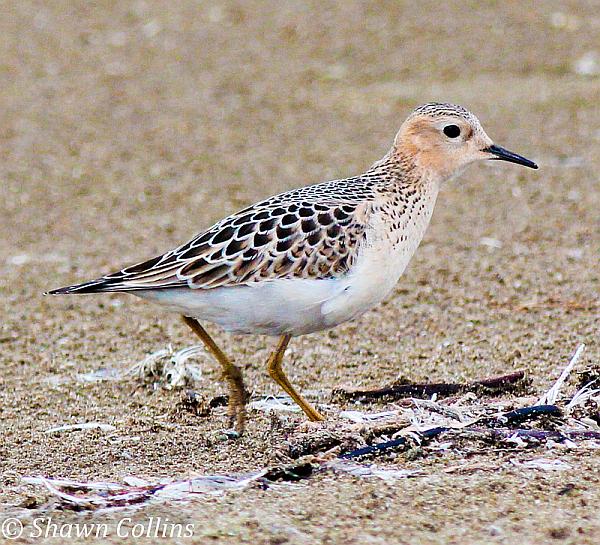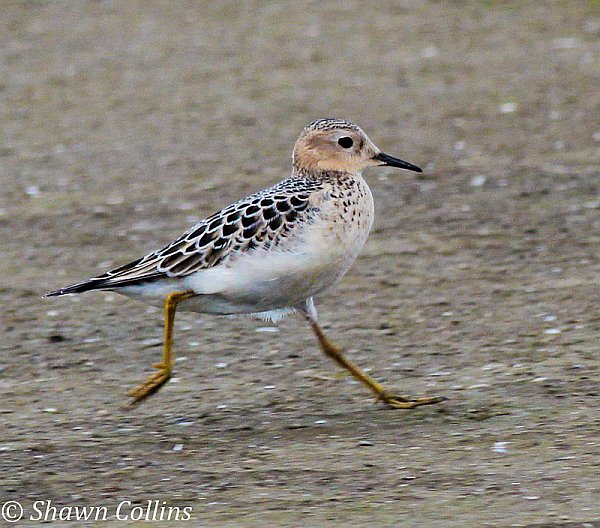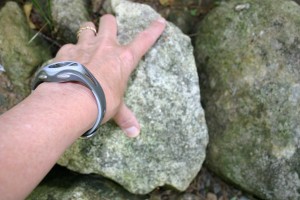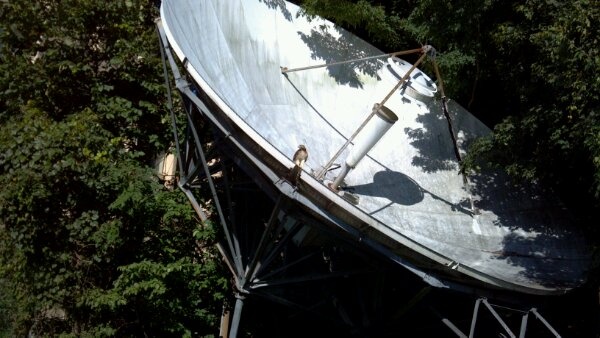In the next three weeks over 40 venues and programs will offer free admission as a way of saying “Thank you for your support.”
Here in Allegheny County we pay an additional 1% sales tax, half of which goes to the Allegheny Regional Asset District (RAD) to provide funding for regional libraries, parks and trails, sports facilities, arts and cultural programs.
Every year RAD-supported organizations say “Thank You” to the public by offering free admission and programs during the Asset District’s “RADical Days,” this year from September 20 (today!) through October 13.
There are many, many arts and cultural offerings. Listed below are nine fun and free science and nature activities coming up soon:
- Today, Thursday September 20: Phipps Conservatory and Botanical Gardens, free admission 9:30am to 5:00pm. That’s where this orchid was photographed.
- Sunday, September 23: Free admission to the Carnegie Science Center, 10:00am to 5:00pm. Great exhibits and hands-on science.
- Sunday September 23: Free admission, 11:00am to 3:00pm, to Riverquest‘s EXPLORER, the world’s first green educational vessel, docked next to the Carnegie Science Center.
- Saturday, September 29: Allegheny County Parks Hartwood Acres Hay Day. Fun fall activities for kids of all ages. Free admission 11:00am to 4:00pm.
- Sunday September 30: Free admission to the National Aviary, 10:00am to 5:00pm. See birds!
- Sunday September 30: Free admission to the Carnegie Museum of Natural History, noon to 5:00pm. See dinosaurs!
- Saturday October 6: Upper St. Clair Boyce-Mayview Park free admission, 2:00pm to 8:00pm, to The Outdoor Classroom’s guided creek explorations, birding, insect safaris, crafts, plus an evening campfire roasting marshmallows.
- Sunday October 7: Free admission to the Pittsburgh Zoo and PPG Aquarium, 9:00am to 5:00pm (admission gates close at 4:00pm).
- Saturday October 13: Allegheny County Parks‘ South Park Hay Day. More fun fall activities for kids of all ages. Free admission noon to 4:00pm.
And that’s not all! Click here for the complete list of RADical Days events and all the information you’ll need to participate.
(photo of an orchid at Phipps Conservatory by Sage Ross, March 2011, on Wikimedia Commons. Click on the image to see the original)
p.s. WQED-FM is one of the many arts and cultural organizations offering free admission. On Saturday October 13, noon to 1:00pm, take a free tour inside our Carolyn M. Byham Studio and meet “QED Morning Show” host Jim Cunningham as he broadcasts LIVE from Katz Plaza, 655 Penn Ave in the Cultural District, Downtown Pittsburgh.

